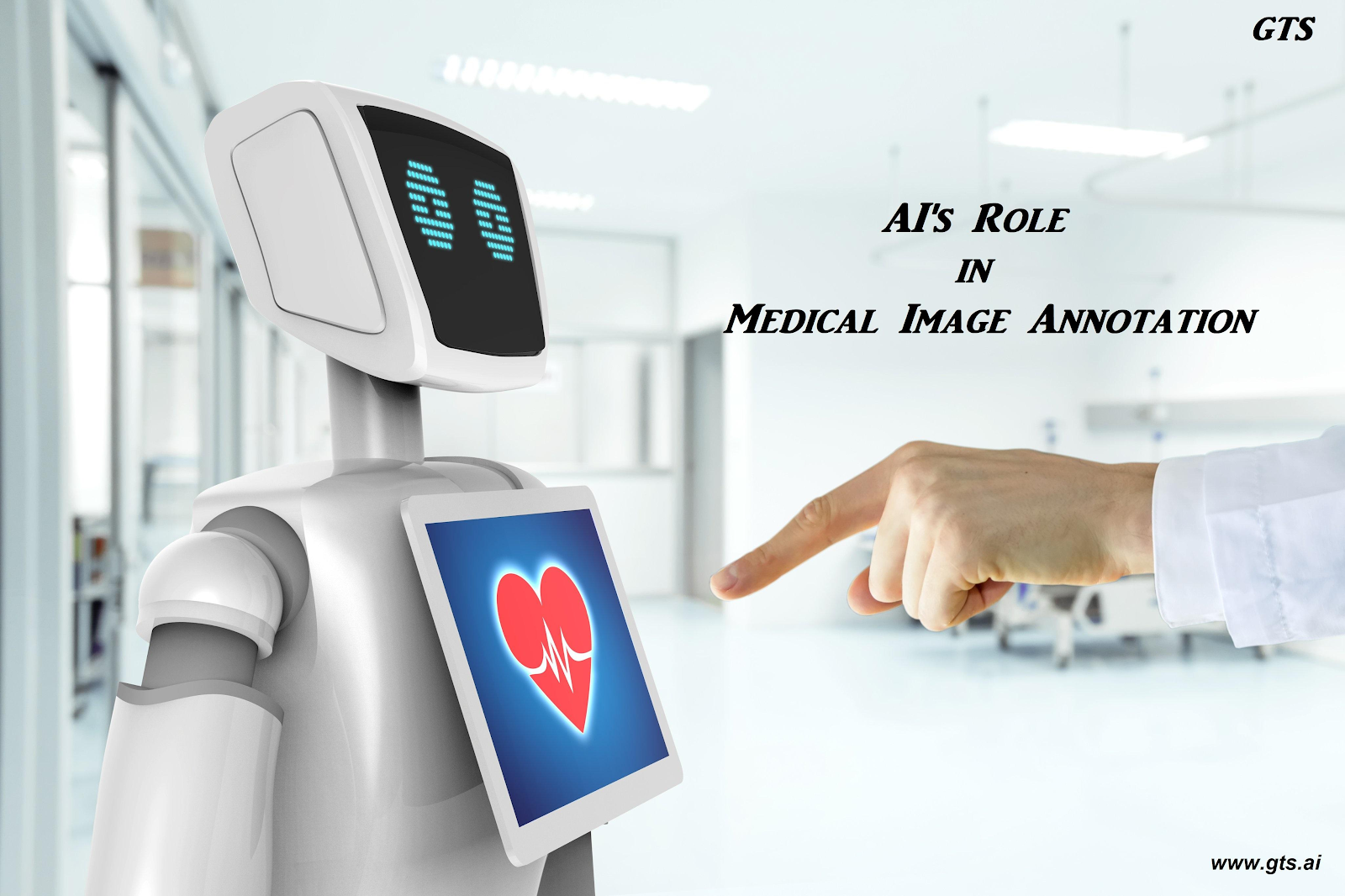Transforming Clinical Trials with Real-World Data from Healthcare Datasets
Clinical trials are the backbone of the pharmaceutical and biotech industries. They are the primary method for testing the safety and efficacy of new drugs and medical treatments. However, the traditional approach to clinical trials has several limitations. For example, traditional clinical trials are expensive, time-consuming, and often fail to reflect the diversity of patient populations. Real-world data (RWD) from healthcare datasets has the potential to transform clinical trials by addressing these limitations. In this blog post, we will explore how RWD from healthcare datasets can transform clinical trials.
What is Real-World Data?
Real-world data (RWD) is data that is collected outside of traditional clinical trials. This data is typically collected from electronic health records (EHRs), medical claims, and other sources of patient data. RWD provides a more comprehensive view of patient health and outcomes compared to traditional clinical trials, which are often conducted on a limited population.
Why is Real-World Data Important for Clinical Trials?
RWD is important for clinical trials because it can:
1. Improve the efficiency of clinical trials:
Traditional clinical trials are often expensive and time-consuming. RWD can help streamline the clinical trial process by providing more comprehensive patient data, reducing the need for lengthy and expensive clinical trials.
2. Enhance the diversity of patient populations:
Traditional clinical trials often fail to reflect the diversity of patient populations. RWD can help address this issue by providing data on a broader patient population, including patients from diverse racial and ethnic backgrounds.
3. Improve the accuracy of clinical trial results:
RWD provides a more comprehensive view of patient health and outcomes compared to traditional clinical trials. This can lead to more accurate and reliable clinical trial results.
4. Enable the evaluation of long-term outcomes:
Traditional clinical trials often have limited follow-up periods, which can make it difficult to evaluate long-term outcomes. RWD can provide data on patient outcomes over extended periods, enabling the evaluation of long-term outcomes.
How Real-World Data is Used in Clinical Trials
There are several ways in which RWD can be used in clinical trials, including:
1. Identifying potential patient populations:
RWD can be used to identify potential patient populations for clinical trials. For example, by analyzing data on patients with a specific condition, researchers can identify patients who may be suitable for a clinical trial of a new treatment.
2. Selecting endpoints:
RWD can be used to select endpoints for clinical trials. Endpoints are the outcomes that researchers are trying to measure in a clinical trial. RWD can provide valuable insights into the most relevant endpoints for a particular patient population.
3. Supporting trial design:
RWD can be used to support trial design, including the selection of inclusion and exclusion criteria, dosing regimens, and patient follow-up periods.
4. Enabling real-time monitoring:
RWD can be used to enable real-time monitoring of patient outcomes during a clinical trial. This can help researchers detect safety issues or other concerns that may arise during a trial.
Challenges in Using Real-World Data for Clinical Trials
Despite the potential benefits of using RWD in clinical trials, there are several challenges that need to be addressed. These include:
- Data quality:
- Data privacy concerns:
- Data Standardization:
- Bias and confounding:
- Access to data:
Conclusion
Real-world data from healthcare datasets has the potential to transform clinical trials by improving their efficiency, diversity, and accuracy. RWD can be used to identify potential patient populations, select endpoints, support trial design, and enable real-time monitoring. However, there are several challenges that need to be addressed to enable the widespread use of RWD in clinical trials, including data quality, privacy concerns, data standardization, bias and confounding, and access to data. Addressing these challenges will be essential for realizing the full potential of RWD in transforming clinical trials and advancing medical research.
Healthcare and GTS
No signs of a slowdown are visible in the continuously expanding volume of patient data both inside and outside hospital walls. Healthcare organizations need technology solutions that promote process improvement and better care delivery while meeting critical operational and clinical metrics. These organizations are strained by ongoing financial difficulties, operational inefficiencies, a global shortage of health workers, and rising costs. By evaluating and drawing intelligent conclusions from the vast amounts of healthcare data, AI has the unimaginable and well-documented potential to enhance the quality and effectiveness of the delivery system. That’s why Globose Technology Solutions has a name for providing quality healthcare datasets to build AI/ML models.




Comments
Post a Comment